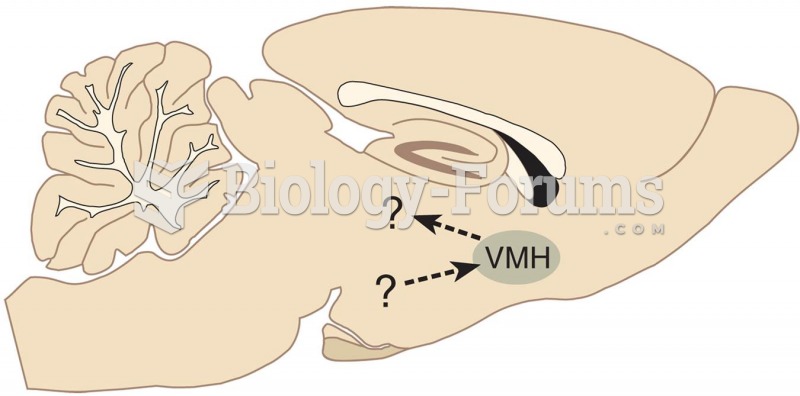|
|
|
The longest a person has survived after a heart transplant is 24 years.
Bisphosphonates were first developed in the nineteenth century. They were first investigated for use in disorders of bone metabolism in the 1960s. They are now used clinically for the treatment of osteoporosis, Paget's disease, bone metastasis, multiple myeloma, and other conditions that feature bone fragility.
More than 30% of American adults, and about 12% of children utilize health care approaches that were developed outside of conventional medicine.
Eating carrots will improve your eyesight. Carrots are high in vitamin A (retinol), which is essential for good vision. It can also be found in milk, cheese, egg yolks, and liver.
Approximately 25% of all reported medication errors result from some kind of name confusion.







